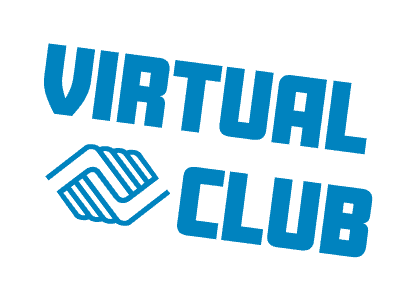If you’re looking for your first job, you might have some trouble knowing where to start. After all, to get a job, you need to have a resume listing your work experience, but to get work experience, you need to have a job. How do you resolve this frustrating catch-22?

It may seem difficult, but it’s not impossible! For anyone trying to write their first resume, this blog post is for you. Here are 6 things you need to include on your resume (even if you have no work experience):
Basic Information

At the top of your resume, put your name, phone number, and email address. To see how to format this information, check out our example resume at the end of this post.
You’ll have better luck getting a job if you use a professional email address instead of [email protected], so if you don’t already have an email address based on your name, now is a good time to make one.
Creating a new email address doesn’t mean you have to delete the old one, though—many people use separate emails for work and fun. Services like Gmail and Outlook allow you to create as many email accounts as you want for free.
Summary Statement

The next section of your resume should be a summary statement, which is where you introduce yourself and describe your unique skills. Before you write your statement, answer the following questions:
- Who are you?
- What will you bring to the job?
- What are your career goals?
Then use your answers as a guide for writing your statement. Here’s an example:
“Ambitious high school student seeking part-time position where I can use my excellent people skills to aid customers and prepare for a career in customer relations.”
Tailor this section to the specific job you’re applying for, and highlight the skills you think the potential employer might want to know about.
Education

In this section, put down the school you attend, the city it’s located in, your expected graduation date, and any academic achievements or honors you have.
You can also include classes you’ve taken that may be relevant to the job, especially AP classes. If your GPA is over 3.0, you might want to include that as well, but it’s optional.
Volunteer Work

Volunteering is a great way to get experience if you don’t have any yet! Charity organizations generally don’t ask for resumes from volunteers, so you don’t need any previous experience before you start.
Think about what kind of job you might want or what interests you. Look up nonprofits in your area that may fit those interests, such as soup kitchens, hospitals, or animal shelters. Then, find out if they accept volunteers—most nonprofits do.
You can list volunteer work on a resume the same way you would list job experience: Include the organization, your role, your responsibilities, and your start and end dates.
Extracurriculars

Extracurricular activities include sports teams, academic clubs, student government, arts programs, or any other activities you do after school. If you play an instrument, edit the school yearbook, or participate in debate, you should include it in this section.
Listing your extracurriculars showcases your interests and abilities, and it lets employers know you can work with others, stick to commitments, and manage your time.
Skills

For your summary statement, you only need to list one or two skills, so this section is where you can put a complete list of your unique skills.
Refer to the job listing to find out what skills will be necessary for the job you’re applying for, and if you have any skills that match what’s on the listing, definitely include those. You can also put down more general skills that would be important for any job, such as teamwork, time management, and problem-solving.
You should also include any programs you’re familiar with, like Microsoft Office or Adobe Acrobat. If you want to expand your skillset even further, try learning new skills by searching online for free tutorials and how-to videos.
Other Tips:
- Format your page with one-inch margins, left-aligned text with no justification, and a double space between each section.
- Choose a professional and easy-to-read font, like Arial, Times New Roman, or Calibri.
- Keep your resume to one page.
- Don’t include your photo or personal information, like your full address or date of birth.
- You don’t have to include references on your resume. Instead, wait for the potential employer to ask for them. References can be teachers, coaches, or club supervisors.
- Save your resume as a PDF to make sure you keep the formatting intact.
- When you save your resume, put your name as the file name.
- Check your spelling and grammar! You definitely don’t want to turn in a resume with typos and errors.
Example:
Your resume doesn’t need to look exactly like that, but hopefully our example helps you understand how to format your own information.
Job hunting can seem daunting, but once you take the time to build a polished and professional resume, the rest of the application process should be a piece of cake!

You got this!










